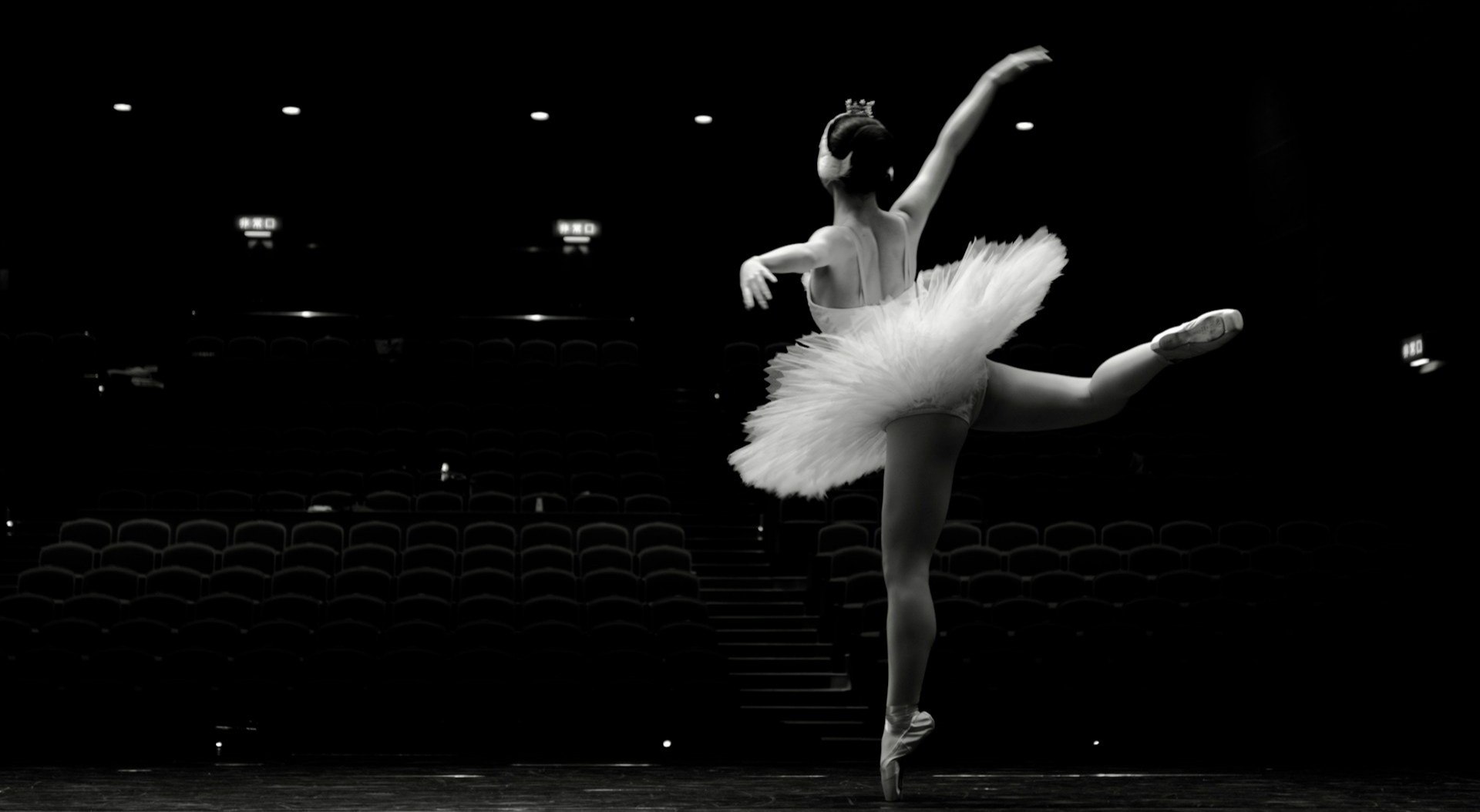Who cares
Mo | Tu | We | Th | Fr | Sa | Su |
Who cares? | Ballet
Brahms-Schoenberg Quartet (1966) is Balanchine’s very first abstract work. The choreographer used to say that chamber music was not suitable for large-scale ballets, since chamber pieces are usually “too long, with too many repeats, and are meant for small rooms”. Back in the 1930s, Arnold Schoenberg orchestrated Johannes Brahms’s Piano Quartet No. 1 in G minor, voicing similar dissatisfaction. In a letter to the San Francisco Chronicle music critic Alfred Frankenstein, he explained the reasons for having done so: “1. I like the piece. 2. It is seldom played. 3. It is always very badly played, because the better the pianist, the louder he plays, and you hear nothing from the strings. I wanted once to hear everything, and this I achieved.” Balanchine opted for Schoenberg’s version. His Brahms-Schoenberg Quartet is a dynamic one-act ballet for 55 dancers in four parts (in line with the four movements of Brahms’s quartet), each possessing a particular mood, style and charge.
Choreographed to George Gershwin’s music, the 40-minute neoclassical ballet Who Cares? is one of George Balanchine’s most joyous works. Its title is identical with that of one of the featured songs, written by George and Ira Gershwin for their 1931 musical Of Thee I Sing. “The best of Gershwin songs maintain their classic freshness, like an eternal martini – dry, frank, refreshing, tailor-made, with an invisible kick from its slightest hint of citron,” wrote Lincoln Kirstein, co-founder of the New York City Ballet. Robert Sealy of Ballet Review said: “This fast-stepping, cheeky ballet evokes the lively spirit of Fred Astaire, Ginger Rogers and the 1930s, and portrays an exuberance that is broadly American and charged with a distinctive energy. Who Cares? is wonderful. Never in a theatre have I wanted so much to jump the moat and join in. It is pure, unmitigated, uncut joy.”
Program and cast
Brahms-Schoenberg Quartet
Choreography: George Balanchine
Music: Johannes Brahmsorchestrated by Arnold Schoenberg
Who Cares?
Choreography: George Balanchine
Music: Johannes Brahms orchestrated by Arnold Schoenberg
State Opera Orchestra
Prague State Opera
The State Opera today
The State Opera (formerly the State Opera Prague, between 1948 and 1992 the Smetana Theatre, and originally the New German Theatre) has been a part of the National Theatre since 2012. The Opera and Ballet ensembles give repertory performances at the State Opera.
History
The Prague State Opera resides in the building which on January 5, 1888 was opened as a Prague German stage with the performance of Wagner’s opera, The Mastersingers of Nürnberg. In the 19th century, Prague Germans performed in the Estate’s Theater in alternation with a Czech company. Desire for their own theater led to negotiations in 1883 for the construction of a new theater building for the German Theater Association. Over the next three years, a blueprint was drawn up and handed over to the Vienna atelier of Fellner and Hellmer. Also sharing in the design was the architect of the Vienna Municipal Theater, Karl Hasenauer, while Prague architect Alfons Wertmüller took part in the construction. Financing came from private collections. With its spacious auditorium and neo-Rococo decoration, this theater building is among the most beautiful in Europe.
Access:
By car
On Wilsonova street, from the left lane close to the State Opera building take the slip road to the Slovan above-ground garage. The parking fee is 40 CZK/h.
By tram
By daytime tram No. 11 to the stop “Muzeum”, through the underpass beneath Legerova street in the direction of the NationalMuseum, at the crossroads turn right along the NewBuilding of the NationalMuseum.
By daytime trams Nos. 3, 9, 14 and 24 or night trams Nos. 51, 52, 54, 55, 56 and 58 to the stop “Václavské náměstí”, then by foot uphill on the left side of the Wenceslas Square to the traffic lights across Wilsonova and Vinohradská streets. Then turn left along the NewBuilding of the NationalMuseum.
By metro
To the “Muzeum” station, lines A and C (green and red), and then by foot along the NewBuilding of the NationalMuseum.

 EN
EN DE
DE IT
IT FR
FR ES
ES RU
RU JP
JP RO
RO
 Seating plan
Seating plan